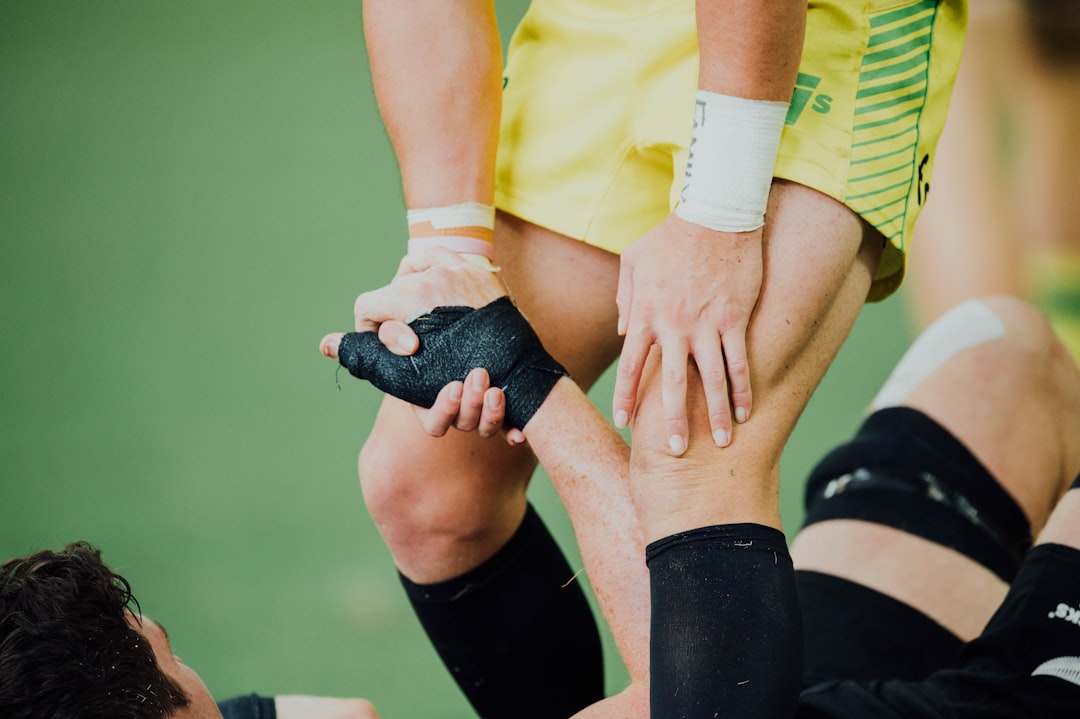What is it about?
Teenagers are highly inactive. Schools play a role in providing supportive environments for physical activity. The PA4E1 program is a program that’s been shown to be effective. It’s time to evaluate if it’s still effective following scaled-up to more schools, across a larger area of NSW. (Read more here: https://link.growkudos.com/1q91tx7zo5c) This paper details methods to provide health services, practitioners, researchers and policymakers with the data to say “what bits worked”, “how did it work?”, “did schools like it? and “was it feasible?”
Featured Image

Photo by Kelly Sikkema on Unsplash
Why is it important?
Process evaluations can help explain what was delivered, what worked, what people liked, and how it worked. This detailed protocol will be used to evaluate a scaled-up trial of ‘Physical Activity 4 Everyone’. Findings of this study will be used to help inform future physical activity programs in schools, and hopefully reduce the number of adolescents who are insufficiently physically active from 80%.
Perspectives
Schools are often identified as key targets for physical activity programs. But we need to know more about perceptions teachers and school executives have of delivering such programs.
Dr Matthew Mclaughlin
Telethon Kids Institute
The prospective registration of the aims and methodology are key strengths of this detailed process evaluation.
Professor Luke Wolfenden
University of Newcastle
This protocol outlines in detail the methods used to answer policy relevant questions, for example, “how acceptable is this program to teachers?".
Professor John Wiggers
University of Newcastle
Read the Original
This page is a summary of: Protocol for a mixed methods process evaluation of a hybrid implementation-effectiveness trial of a scaled-up whole-school physical activity program for adolescents: Physical Activity 4 Everyone (PA4E1), Trials, March 2020, Springer Science + Business Media,
DOI: 10.1186/s13063-020-4187-5.
You can read the full text:
Contributors
The following have contributed to this page










